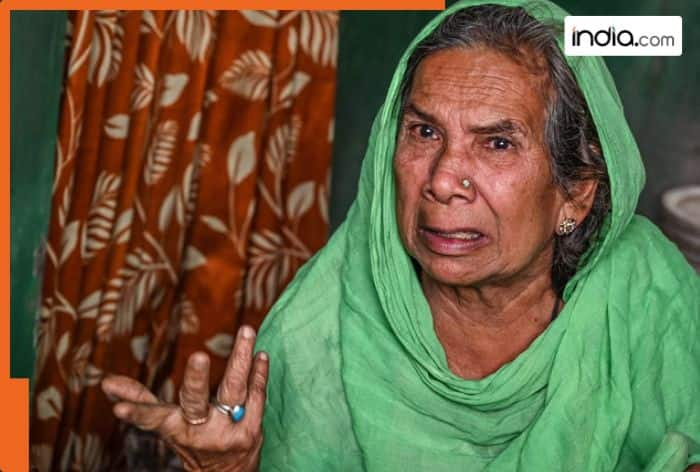
By clicking “Accept All Cookies”, you agree to the storing of cookies on your device to enhance site navigation, analyze site usage, and assist in our marketing efforts Cookies Policy.

New Delhi: Imagine being the great-granddaughter-in-law of India’s last Mughal emperor, once surrounded by luxury and grandeur, only to find yourself in a crumbling slum on the outskirts of Kolkata. This is the reality of Sultana Begum, a 60-year-old woman whose royal lineage has faded into a distant memory. Sultana Begum, who claimed to be related to Bahadur Shah Zafar—the last Mughal ruler—is living a life full of difficulties and hardships. Sultana now lives in a small two-room hut with her family in Kolkata’s Howrah. According to the reports, she uses public street taps for washing and shares a kitchen with neighbors.
It was during the 1980s when Sultana’s life took a drastic turn after the death of her husband, Prince Mirza Bedar Bukht. Since then, she has struggled to survive on a meager pension of just 6,000 rupees a month. With six children to support, the family struggles to make ends meet. Her daughters, facing their own financial hardships, can offer little help. Sultana lives with her unmarried daughter, Madhu Begum, and despite repeatedly petitioning the government for aid, her circumstances remain dire. Though her royal ancestry is well-documented, she has received little recognition or support.
There are many royal descendants who have met similar fates, like Sultana. The Human rights activists have been working relentlessly to help these families. After the end of the British era, many of India’s former aristocrats fell into poverty. The stark contrast between their regal ancestry and present struggles reflects a history of neglect and loss. Despite her hardships, Sultana takes pride in her heritage. Her late husband often reminded her that their family came from “respectable royal blood” and never lived by begging. She has repeatedly urged the government to grant the support she believes her family rightfully deserves.
The Mughal dynasty from which Sultana is descended contributed a vast architectural legacy to the Indian sub-continent throughout the 16th, 17th and 18th centuries. The Taj Mahal is one of the finest examples of monuments built by the Muslim emperors but the Mughals also built the Red Fort, the Agra Fort and the Lahore Shalimar Gardens most of which are now UNESCO world heritage sites.
But Sultana has spent years petitioning central and state governments to help her with basic living arrangements and a pension.
For breaking news and live news updates, like us on Facebook or follow us on Twitter and Instagram. Read more on Latest India News on India.com.